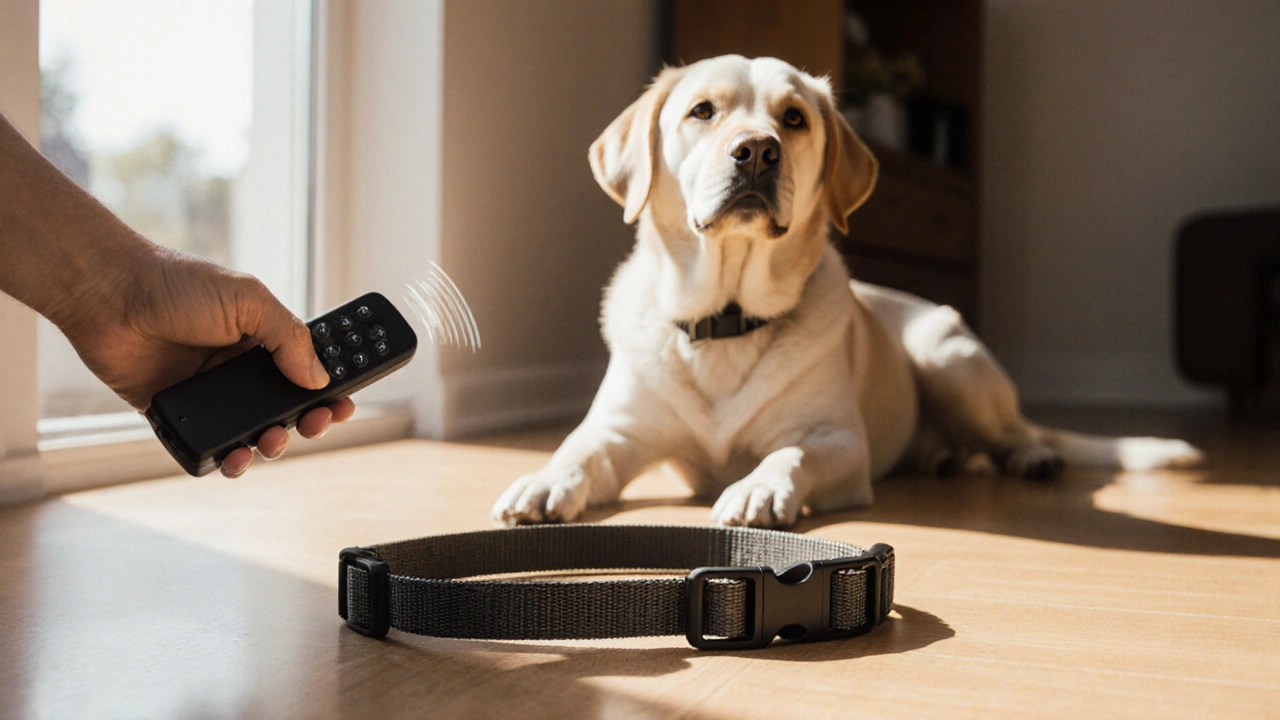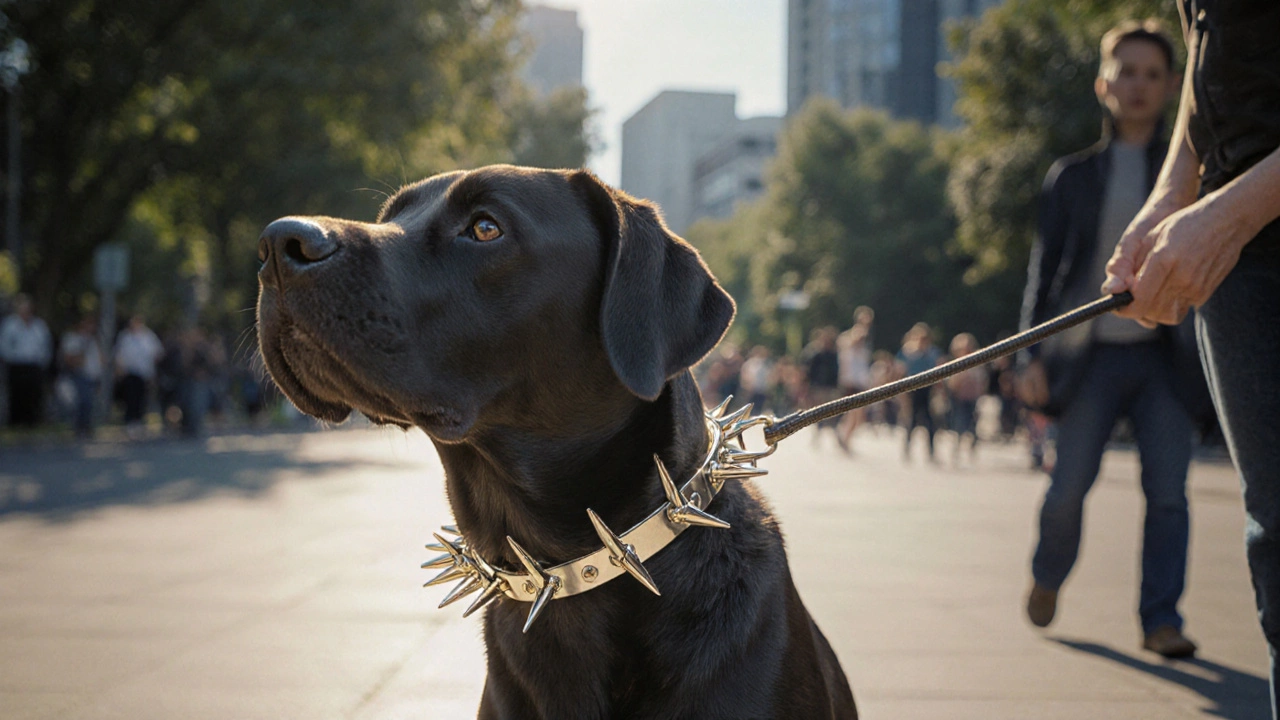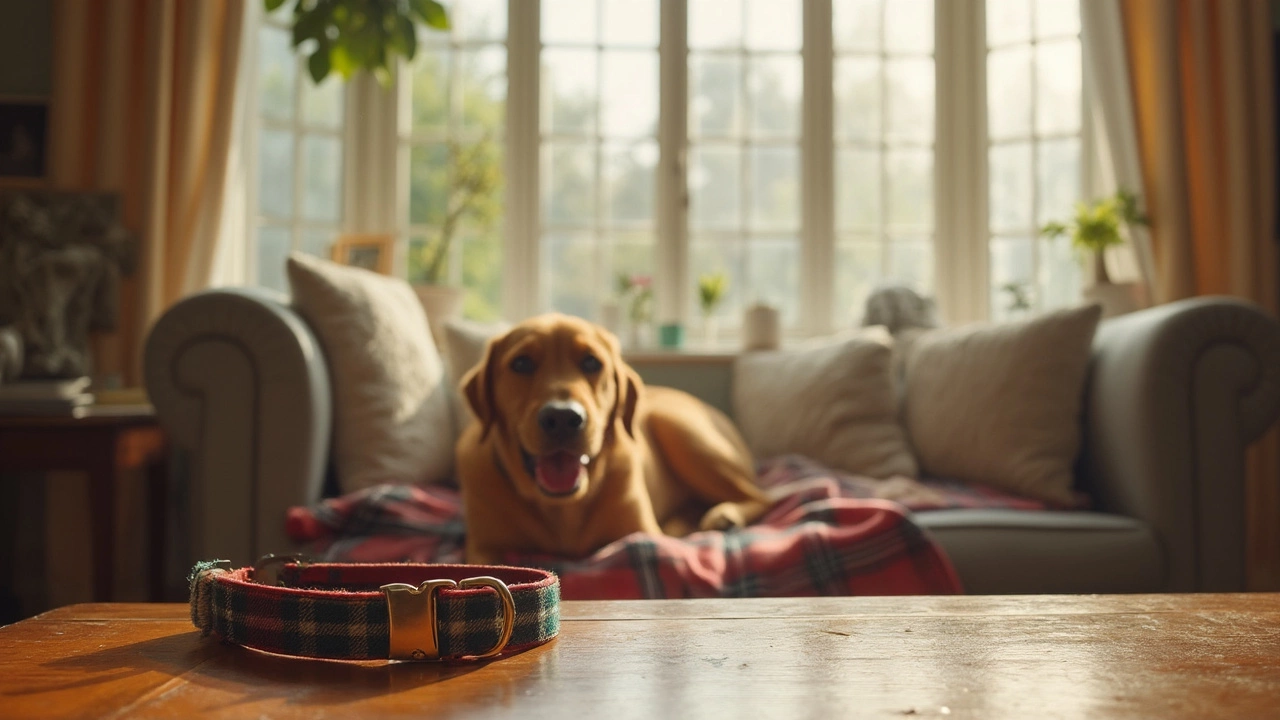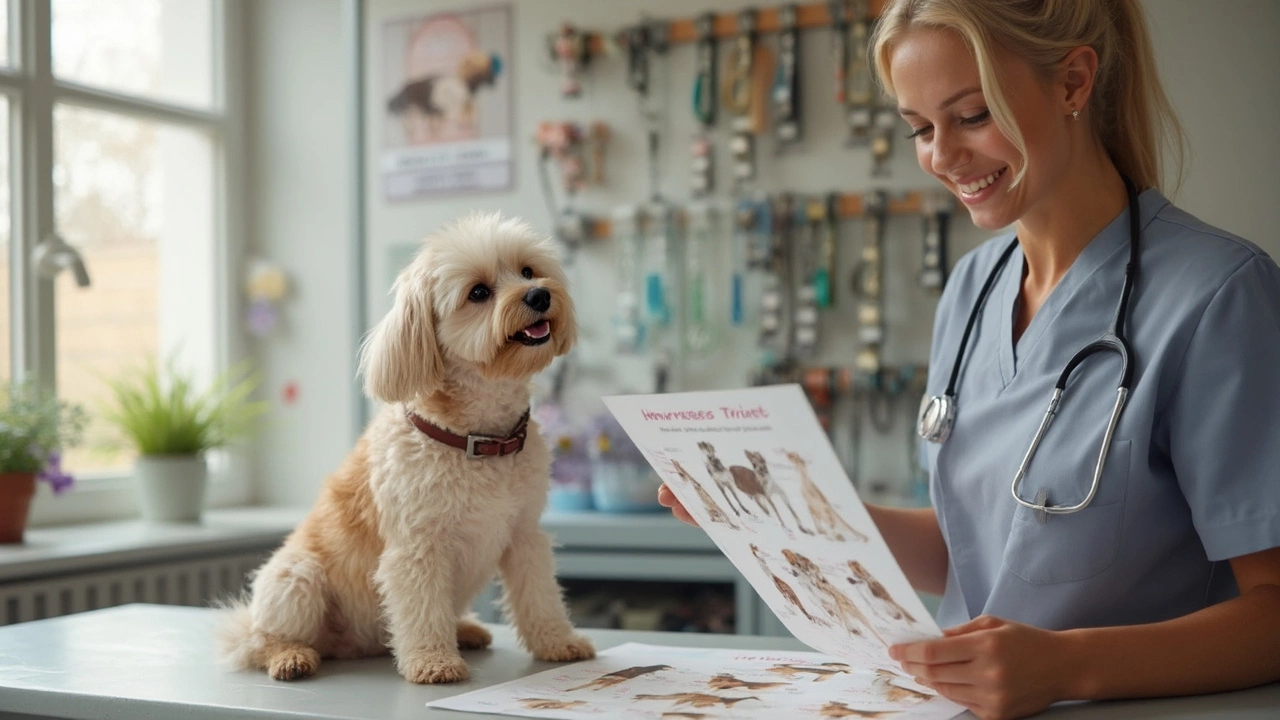Pet Safety Tips: Simple Ways to Protect Your Dog and Cat
Whether you’re chilling on the sofa or heading to the beach, keeping your pet safe should be a top priority. Below are easy, no‑nonsense steps you can take right now to reduce accidents, avoid harmful ingredients, and make travel less stressful.
Home Hazards and Everyday Fixes
First, sweep the floor for loose cords, small toys, or cleaning chemicals. Dogs love to chew, and cats love to hide in boxes, so store cords in cable management sleeves and keep toxic cleaners out of reach. If you feed dry cat food, consider the advice from our "Should You Leave Dry Cat Food Out All Day?" post – leaving food out can attract pests and cause weight gain. Offer measured meals instead.
Collars are great for ID, but wearing one 24/7 can cause skin irritation. Our "Should Dogs Wear Collars All The Time?" guide recommends checking the fit daily and swapping to a lightweight tag when your dog is at home for long periods.
Lighting matters at night. A soft night‑light can soothe an anxious dog, while a completely dark room may trigger fear. Experiment with a low‑level lamp and watch your pet’s reaction, as explained in "Should You Leave the Light On or Off for Your Dog at Night?".
Travel Safety: From Cars to Planes
Before any trip, make sure your pet’s carrier meets airline standards – check the "Can I Buy My Dog a Plane Seat?" article for details on size, ventilation, and fees. If you’re driving, secure your dog with a car harness or a crate that won’t slide. The "Pet Travel Costs" post breaks down typical airline fees so you can budget ahead of time.
When you stop for a break, keep your pet on a short leash and avoid letting them roam off‑lead in unfamiliar areas. Some beaches, like Assateague Island, have strict leash rules; always read local pet policies before you go.
Finally, pack a pet‑first‑aid kit: bandages, tweezers, and any prescribed medication. Knowing where the nearest vet is can save a panic‑filled hour if something goes wrong.
By tackling home safety, reviewing gear choices, and planning travel ahead, you’ll give your dog or cat the best chance to stay healthy and happy. Keep these tips in mind, check the linked posts for deeper info, and enjoy the peace of mind that comes with a safer pet life.
Posted By Bryndle Redding On 25 Oct 2025 Comments (0)
Do Vibrating Dog Collars Actually Work? Pros, Cons & Science Explained
Explore whether vibrating dog collars actually work, backed by research, pros and cons, safety tips, and a guide to choosing the right one for your pet.
READ MOREPosted By Bryndle Redding On 14 Oct 2025 Comments (0)
Why Do People Hate Prong Collars? Understanding the Controversy Behind This Dog Training Tool
Explore why prong collars spark strong criticism, the health risks they pose, legal bans, and humane alternatives for better dog training.
READ MOREPosted By Bryndle Redding On 3 Jun 2025 Comments (0)
Dog Collars Indoors: Why Your Pup is Better Off Without
Many people leave collars on their dogs 24/7, but wearing a collar indoors can lead to unexpected problems. This article uncovers hidden risks, like injuries and stress, and offers safer solutions for dogs at home. You’ll get down-to-earth advice for keeping your pup safe and comfy inside. We’ll also look at easy ways to ID your dog without the collar drama. Skip the hassle and learn how to make your home safer with just a few smart changes.
READ MOREPosted By Bryndle Redding On 10 Feb 2025 Comments (0)
Best Dog Collars: Vet Recommendations and Tips
Choosing the right collar for your dog can be a challenge, but expert guidance can help. Vets recommend collars based on a dog's breed, size, and unique needs to ensure their safety and comfort. From flat buckle collars to harnesses and martingale options, each has its advantages. Learn what to prioritize to make the best choice for your furry friend.
READ MORE


